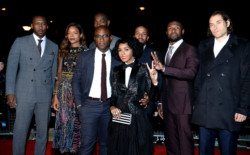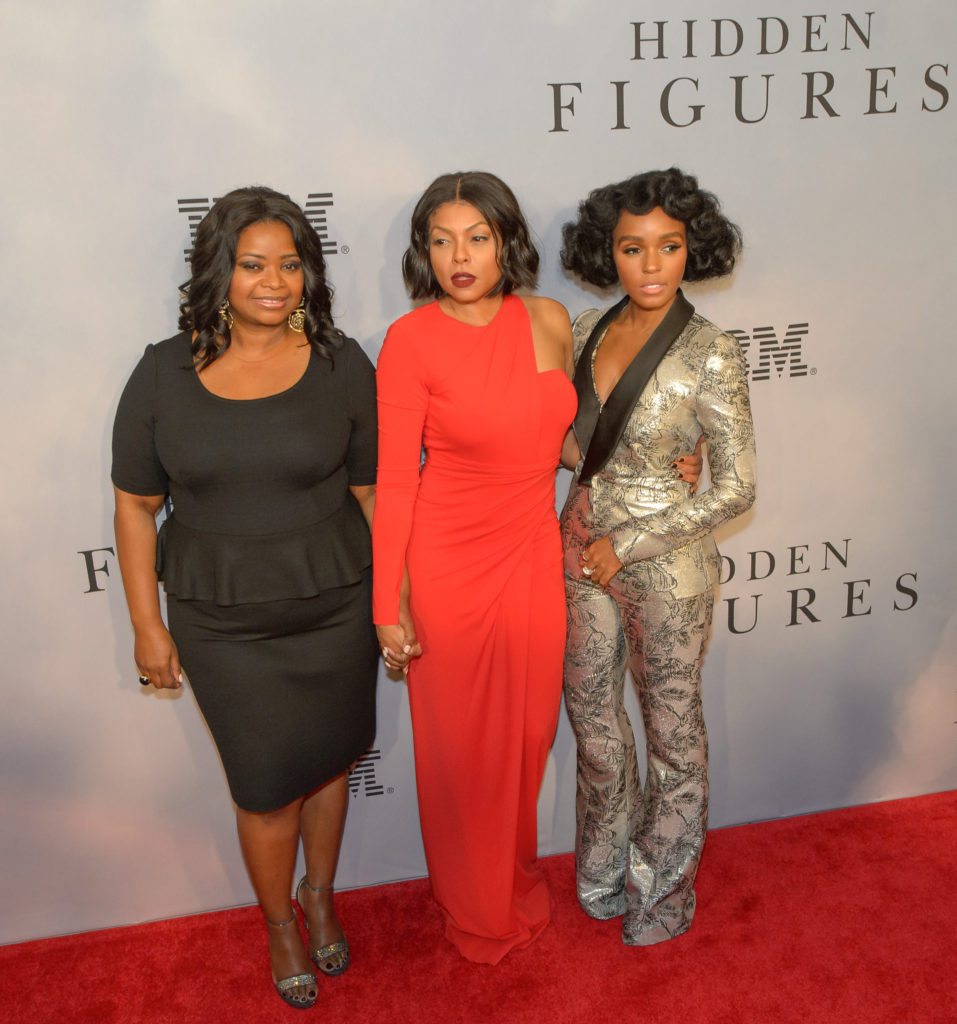#OscarsSoDiverse
Awards season is now in full swing, and the nominations for the most prestigious and sought after of them all are out. Last year was completely overshadowed by an omnipresent diversity row, which sought to vilify the awarding bodies of all major film and television prizes. And no other awards show received more criticism than the Oscars for a lack of ethnic diversity among its nominees.
This year is a different story. Critics have been silenced, for the time being, with each acting category including at least one non-white nominee. The films themselves also speak to and from the perspective of a much broader range of cultures and lifestyles. Films such as Fences, Hidden Figures, Lion, Loving and Moonlight are the stand-outs in that regard. Yet, there is still some race-related unrest; many people have criticised La La Land for its romanticised depiction of a white man appropriating black culture through his love of jazz.
Particular attention must be drawn to Viola Davis and Mahershala Ali. Both actors are African-American and are not only nominated in the supporting categories, but are the hot favourites to take home those golden statuettes. Ali is a relatively new face to many me

The cast of Moonlight at the 2017 BFI London Film Festival: Image.net; Jeff Spicer
mbers of the movie-going public, particularly those who haven’t seen House of Cards. In Moonlight, he plays a drug dealer who strikes up a friendship with young boy.
However, this year’s most popular win will (hopefully and probably) be that of Viola Davis for her role in the Denzel Washington-directed Fences. The film is adapted from an August Wilson play, whose Broadway revival has already brought her a Tony Award. Davis has always championed and advocated for greater equality of opportunity within the industry. And she looks set to take home the Oscar for her role as a woman caught between a disappointed husband, and a frustrated son in 1950s Pittsburgh.
Of course, the overwhelming favourite to take home most of the awards is La La Land. Damien Chazelle’s vibrant and beautifully crafted love letter to classic Hollywood musicals has equalled the nominations record for a single film. However, I don’t think that this film is untouchable. In light of the hype that preceded its official release, it has left some viewers comparatively disappointed. Personally, I feel it deserves Best Director. But, I’m wondering whether its closest critical rival, Moonlight, might pip it to the post for Best Picture.
So, has the Academy redeemed itself, this year? This is a redundant question because there was never any redemption needed in the first place. AMPAS is not an intrinsically racist institution, despite what some critics would have you believe. The dramatic, cinematic and theatrical communities are all pretty liberal, generally speaking. And the Academy has never been reluctant to honour non-white or non-American artists. The reason for the lack of consistent diversity at these award shows should not be attributed to the awarding bodies themselves. They are made of actors, directors and artists who want equality just as much as anyone else.
It’s the producers, studio heads, casting directors and financiers who must endeavour to reject standard commercial formulas, and invest in artists who are able to tell a diverse range of stories. And when I say ‘diverse’, I don’t just mean ‘black’. I mean Asian stories, LGBT stories, working-class stories, disabled persons’ stories and so many more. These are the narratives that will represent and inspire each member of the audience, as opposed to a mere privileged few.


Comments